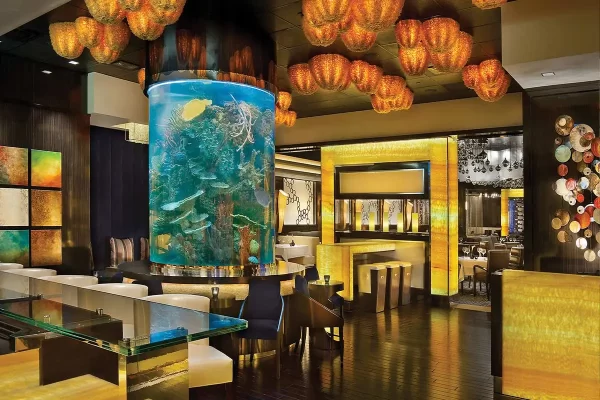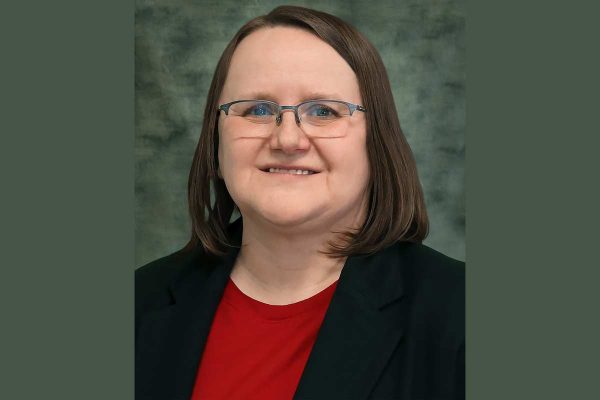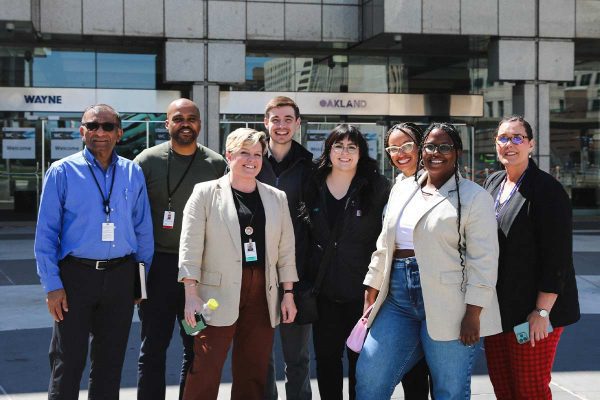In a fast-moving global marketplace, keeping up with attendee promotions has become a year-round challenge. Competition for attendees is fierce, so ways of staying in touch with them requires creativity.
Think-tanks and workshops for industry professionals, such as the Attendee Acquisition Roundtable (AAR), now in its second year, are giving organizers and marketers the opportunity to perfect their approach by exchanging ideas with leaders in the field.
As recently as last year, the belief was that social media would revolutionize the way organizers would maintain attendee contact. That’s been somewhat disproven since the discovery of its time and resource-consuming nature.
According to the Attendee Acquisition Challenges and Practices 2012 Study Update by Jacobs, Jenner & Kent, the use of social media as an acquisition and retention tool is listed as being one of the worst, because of its high volume use of staff resources.
“Marketing pre and post show is one of the biggest challenges everyone is facing with social media,” said Sam Lippman, producer of AAR. “People used to be much more focused on discussions about social media because it was brand new. People now realize every audience is different.”
For today’s marketer, the logical choice in this economic evolution seems to be integrated marketing. Organizers are enlisting a variety of strategies to stay in touch that are dependent on client individuality and people are going back to communicating throughout the year by direct mail and electronic newsletters. The Jacobs Jenner & Kent study lists direct and email marketing as the top two attendee acquisition strategies companies are using from a budget standpoint.
The combining of new and old formulas are proving very successful. Businesses like Certain Inc., an event software management company, are not only giving organizers the power to retain contact, but also to envelop their customer with a 365/24/7 integrated approach.
“The ability to harness the powerful connections made through the event, and to push those connections more adeptly through the lifecycle of a business relationship, makes for a compelling reason to adopt a one-stop event technology platform that includes components like mobile, email and real-time interaction,” said Peter Micciche, CEO of Certain, Inc.
New ideas that work
Digital platforms really shine in their ability to track how technology is affecting the marketing mix, as opposed to things like print advertising and telemarketing which are harder to measure. The virtual age offers a more user-friendly and trackable management. According to Micciche, custom-branded event sites, segmented and tracked email marketing, branded mobile sites, and even virtual environments are all good tools.
“A 2012 marketer depends on the ability to deepen interactions, improve engagement, build relationships, and take the pulse of participants as that event unfolds,” said Micciche. “Marketers can use technology to harness events much more strategically as a core component of their marketing programs, and leverage the data gathered as an integral piece of a holistic view of business interactions.”
Maximizing productivity is the goal when using technology like mobile apps, which allow for frequent contact. The marketer has the flexibility to serve the attendee at a second’s notice, as well as stay on their mind between expos.
“With integrated Twitter, FAQs and announcement walls, attendees can start sharing opinions or asking questions about the event well before the welcome reception,” said Micciche. “Smartphones and tablets are already in the palm of your attendees hands first thing in the morning, and marketers need to leverage that.”
Incorporating a one-to-one appointment matching service also can increase the likelihood of turning new attendees into returning attendees. During a recent survey, Certain Inc. found 91 percent of respondents like the idea of pre-event appointment setting.
“The ability to have pre-scheduled appointments, where you can research the meetings and develop your strategy prior to the event, adds a tremendous amount of value for your attendees and inevitably a greater amount of return-on-investment for the event organizers,” said Micciche
One idea that surfaced at the most recent recent AAR combines technology with a bit of old school finesse using LinkedIn group managers. Show organizers identify the three or four most important LinkedIn groups and reach out to the manager with a complimentary hotel room, registration or VIP access in exchange for acting as a content provider and conversation starter for the event.
Another topic raised by AAR attendees is the actual customer service and experience of the recurring attendee.
“At least a third of Roundtable discussion is about how to retain attendees,” said Lippman. “A new idea for many people over each of the five AAR’s I’ve produced is actually the alumni program where everyone has loyalty cards with airlines, hotels and food stores. Eyes have opened as people realize there should be some type of loyalty program for returning attendees.”
Connecting with customers is a vital element to successful promotions and the economic growth of an event. The return of a customer marks the achievement of building trust between entities, and gaining new clientele is the hallmark of a successful marketing campaign. This challenge lies between event dates. Keeping the interest of the attendee is what Lippman refers to as the “holy grail” for associations.
“An integrated marketing communications strategy keeps your event visible,” said Lippman. “Marketers don’t want to ignore their audience for nine months and then reach out to them and say give me your money. The main challenge is to punch through the clutter and convince people to come to your event.”






























